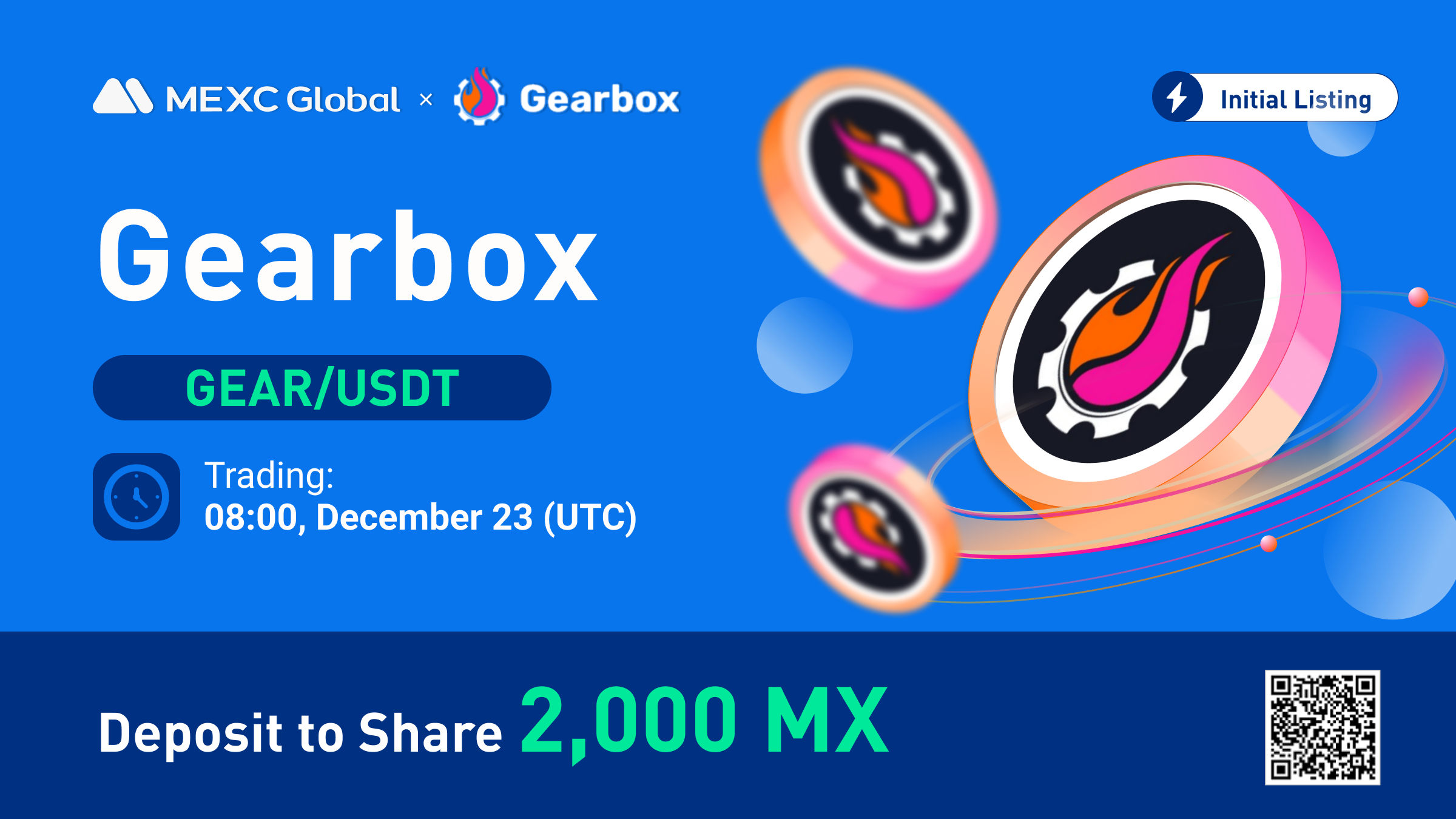
Bitcoin has shown strong performance, with some experts predicting prices between $180,000 and $250,000 for 2025. As institutional adoption accelerates and regulatory clarity improves, investors face a critical question: how does BTC compare to traditional and alternative assets? This comprehensive guide analyzes Bitcoin versus major asset classes, helping you make informed investment decisions in today’s evolving financial landscape.
Whether you’re comparing BTC vs USD for currency hedging, Bitcoin vs Ethereum for crypto allocation, or Bitcoin vs gold for store of value purposes, understanding these relationships is essential for modern portfolio management.
For a comprehensive understanding of Bitcoin fundamentals, explore our complete guide to Bitcoin (BTC), which covers everything from basic concepts to advanced investment strategies.
Key Takeaways
- Bitcoin’s fixed 21 million supply cap creates inherent scarcity advantages over unlimited fiat currencies like the USD
- Expert predictions for 2025 range from $180,000 (VanEck) to $250,000 (Tim Draper), driven by institutional adoption and regulatory clarity
- Bitcoin serves as “digital gold” for store of value, while Ethereum functions as a programmable blockchain platform for smart contracts
- Corporate adoption is accelerating with companies like MicroStrategy holding over 600,000 BTC as treasury assets
- The April 2024 halving reduced new Bitcoin supply by 50%, historically leading to significant price appreciation cycles
Table of Contents
BTC vs USD: Dollar Comparison Analysis
The relationship between Bitcoin and the US dollar has fundamentally shifted in 2025. Unlike traditional fiat currencies, Bitcoin operates with a fixed supply cap of 21 million coins, creating inherent scarcity that the dollar lacks through quantitative easing policies.
Recent market dynamics show Bitcoin’s significant volatility against the dollar, representing significant volatility against the dollar. This volatility reflects Bitcoin’s emerging asset status and its potential role as a hedge against monetary policy uncertainty
Key Differences:
- Supply Control: The Federal Reserve can print unlimited dollars, while Bitcoin’s algorithmic supply is capped
- Inflation Hedge: Bitcoin has outperformed the dollar during periods of high inflation
- Transaction Speed: Dollar transactions through traditional banking can take days; Bitcoin settles in minutes
- Global Access: Bitcoin operates 24/7 globally without banking intermediaries
The academic research demonstrates that Bitcoin exhibits different risk spillover patterns compared to fiat currencies, particularly during market stress periods. While fiat currencies like EUR, GBP, and JPY show diversification benefits with fixed-income markets, Bitcoin displays stronger correlation during bearish conditions.
For investors, the BTC vs USD debate centers on time horizon and risk tolerance. Short-term volatility favors dollar stability, while long-term inflation protection and appreciation potential favor Bitcoin allocation.
Bitcoin vs Ethereum: Crypto Comparison Guide
The Bitcoin versus Ethereum comparison reveals two distinct cryptocurrency philosophies. Bitcoin functions as “digital gold” focused on store of value and payment settlement, while Ethereum serves as a programmable blockchain platform enabling smart contracts and decentralized applications.
To understand the technical differences between these cryptocurrencies in detail, read our complete guide on how Bitcoin works, which explains Bitcoin’s proof-of-work consensus and transaction processing.
Performance Analysis 2025: Following the April 2024 halving, Bitcoin has shown different performance patterns compared to Ethereum, reflecting their distinct value propositions. This divergence reflects Bitcoin’s singular focus versus Ethereum’s broader utility-dependent valuation.
Technical Distinctions:
- Consensus Mechanism: Bitcoin uses Proof-of-Work for maximum security; Ethereum transitioned to Proof-of-Stake for efficiency
- Transaction Capacity: Bitcoin processes 5-7 transactions per second; Ethereum can process significantly more transactions with Layer-2 scaling solutions
- Energy Consumption: Bitcoin’s mining requires significant energy; Ethereum’s PoS reduces consumption by 99%
- Use Cases: Bitcoin excels at value storage and transfers; Ethereum powers DeFi, NFTs, and dApps
Bitcoin typically maintains majority market cap dominance in the cryptocurrency space, while Ethereum holds steady as the second-largest cryptocurrency. This dominance reflects institutional preference for Bitcoin’s established store-of-value narrative.
Investment strategy considerations favor Bitcoin for conservative crypto exposure and long-term holding, while Ethereum appeals to investors seeking exposure to blockchain innovation and decentralized finance growth.

Bitcoin vs Gold: Store of Value Comparison
The Bitcoin versus gold comparison represents a generational shift in store-of-value assets. Traditional gold advocates emphasize 5,000 years of monetary history, while Bitcoin proponents highlight technological advancement and superior performance metrics.
Scarcity Comparison: Gold maintains relative scarcity but faces continuous mining expansion, with annual supply increases around 1-2%. Bitcoin’s algorithmic scarcity ensures exactly 21 million coins will ever exist, with new supply decreasing every four years through halving events.
Performance Metrics: Historical data reveals Bitcoin’s extreme outperformance versus gold across multiple timeframes. Historical data shows Bitcoin has significantly outperformed gold in terms of compound annual growth rates over multiple timeframes.
To understand how Bitcoin evolved from experimental currency to digital gold, explore our complete Bitcoin history, chronicling its journey from $0.003 to over $100,000.
Storage and Transfer:
- Physical Requirements: Gold requires secure storage, insurance, and verification systems
- Digital Advantages: Bitcoin exists purely digitally, enabling instant global transfers
- Divisibility: Physical gold transactions can be less divisible than digital Bitcoin; Bitcoin divides to eight decimal places
- Verification: Gold needs expert authentication; Bitcoin verification is cryptographically guaranteed
Market correlation analysis indicates gold and Bitcoin sometimes move independently, offering diversification benefits. However, during extreme market stress, both assets can experience simultaneous selling pressure as investors seek liquidity.
The choice between Bitcoin and gold involves multiple factors including technological comfort, regulatory environment, risk tolerance, and investment objectives for digital versus physical assets.
Bitcoin vs S&P 500: Stock Market Comparison
Bitcoin’s relationship with traditional stock markets has evolved dramatically since 2015. Long-term performance comparisons show Bitcoin has significantly outperformed the S&P 500, though with much higher volatility., though accompanied by significantly higher volatility.
Risk-Adjusted Analysis: Using simplified Sharpe ratio calculations, Bitcoin achieves a higher Sharpe ratio, but investors must consider the significantly higher volatility, despite higher absolute volatility.
Correlation Patterns: Bitcoin has shown correlation with technology stocks during certain periods, suggesting technology sector influences on crypto markets. During market stress periods, this correlation can increase as investors seek liquidity across all risk assets.
Institutional Adoption Impact: Corporate treasury adoption, led by companies like MicroStrategy with $18 billion in Bitcoin holdings, is reducing Bitcoin’s volatility and increasing correlation with traditional markets. ETF approvals have further legitimized Bitcoin as an institutional asset class.
Investment Considerations:
- Portfolio Allocation: Some financial advisors suggest modest Bitcoin allocation (often 1-5%) in traditional portfolios
- Time Horizon: Bitcoin’s volatility means longer investment horizons may be needed to potentially benefit from long-term trends
- Risk Capacity: Stock markets offer more predictable risk patterns compared to Bitcoin’s extreme price swings
The ongoing institutionalization of Bitcoin suggests continued convergence with traditional financial markets while maintaining distinct risk-return characteristics.
BTC Dominance vs Altcoins: Market Analysis
Bitcoin dominance—measuring BTC’s market capitalization percentage of total cryptocurrency markets—provides crucial insights into crypto market cycles and investor sentiment. Recent data shows Bitcoin dominance typically ranging between 56-60%, with peaks reaching higher levels during market uncertainty.
Dominance Patterns: High Bitcoin dominance (above 60%) typically indicates:
- Market uncertainty driving “flight to safety” within crypto
- Institutional money favoring established Bitcoin over experimental altcoins
- Bear market conditions where Bitcoin outperforms alternatives
Low Bitcoin dominance (below 50%) suggests:
- “Altcoin season” with speculative money flowing to smaller cryptocurrencies
- Bull market conditions enabling higher risk tolerance
- Innovation cycles favoring newer blockchain technologies
Major Altcoin Comparisons:
- Solana vs Bitcoin: Solana offers significantly higher transaction throughput compared to Bitcoin’s base layer but with less security and decentralization
- XRP vs Bitcoin: XRP focuses on institutional payment solutions while Bitcoin emphasizes decentralized value storage
- Ethereum vs Bitcoin: As discussed earlier, represents utility platform versus pure store of value
Investment Strategy: Monitoring Bitcoin dominance helps time allocation between Bitcoin and altcoins. Rising dominance suggests focusing on Bitcoin safety, while declining dominance indicates potential altcoin opportunities. However, Bitcoin’s established network effects and institutional adoption provide long-term competitive advantages over most alternatives.

BTC vs Major Assets: Market Outlook
Expert consensus for 2025 shows remarkable bullishness across major financial institutions. Various analysts have made bullish Bitcoin price predictions, including VanEck’s $180,000 projection and Tim Draper’s $250,000 estimate, though timeframes and methodologies vary reflect growing institutional confidence.
These price projections align with mathematical models. Learn about the scientific framework behind Bitcoin’s growth patterns in our Bitcoin Power Law analysis, which has accurately predicted major market movements since 2018.
Key Catalysts Driving 2025 Performance:
- Regulatory Clarity: Potential regulatory changes under crypto-friendly policies and discussions around national Bitcoin reserves
- ETF Inflows: Continued institutional capital through spot Bitcoin ETFs
- Corporate Adoption: Treasury diversification following MicroStrategy’s strategy
- Halving Effects: April 2024 halving reducing new supply by 50%
Market Phase Analysis: According to Fidelity’s research framework, Bitcoin may be operating in what they term an ‘Acceleration Phase.’ Historical patterns suggest such phases can last several quarters, with potential blow-off top formation marking cycle peak.
Comparative Asset Performance Expectations:
- vs USD: Continued outperformance assuming inflation concerns persist
- vs Gold: Technology adoption and institutional flows favor Bitcoin
- vs Stocks: Correlation may increase but Bitcoin’s scarcity supports premium valuation
- vs Altcoins: Dominance likely maintains above 50% during institutional adoption phase
Risk factors include regulatory changes, macroeconomic shifts, and technological disruptions that could alter these projections significantly.

Bitcoin vs Other Assets: Portfolio Strategy
Modern portfolio theory application to Bitcoin requires understanding its unique risk-return characteristics compared to traditional assets. Academic research demonstrates Bitcoin’s low correlation with fixed-income markets while showing stronger connections to equity markets during stress periods.
Allocation Guidelines by Investor Profile:
Conservative Investors (1-3% Bitcoin):
- Primary focus on bonds and blue-chip stocks
- Bitcoin as portfolio hedge against currency debasement
- Dollar-cost averaging to minimize volatility impact
Moderate Investors (5-10% Bitcoin):
- Balanced stock/bond portfolio with crypto allocation
- Regular rebalancing between Bitcoin and traditional assets
- Consider Bitcoin vs gold allocation for inflation protection
Aggressive Investors (10-25% Bitcoin):
- Growth-focused portfolio with higher risk tolerance
- Active trading between Bitcoin and high-growth stocks
- Potential altcoin diversification within crypto allocation
Risk Management Considerations: The research indicates Bitcoin exhibits significant spillover effects during market stress, particularly the 2018 crash and COVID-19 pandemic. This suggests Bitcoin allocation should consider correlation increases during crisis periods.
Diversification benefits remain strongest when Bitcoin allocation stays below 25% of total portfolio, allowing traditional assets to provide stability during crypto volatility periods.
BTC vs Everything: Investment Conclusion
Bitcoin’s 2025 position represents a maturation from speculative asset to institutional store of value, fundamentally altering its comparison dynamics with traditional assets. The BTC vs USD relationship highlights monetary policy divergence, while Bitcoin vs Ethereum showcases different blockchain value propositions.
The choice between Bitcoin and alternative assets ultimately depends on individual risk tolerance, investment timeline, and conviction in digital asset adoption. As regulatory clarity improves and institutional infrastructure develops, Bitcoin’s role as a legitimate asset class continues solidifying.
For 2025 investors, the question isn’t whether to choose Bitcoin over everything else, but rather how to optimize allocation across asset classes that serve different portfolio functions. Bitcoin’s unique properties may support its continued relevance, though digital asset markets remain highly uncertain in the evolving financial landscape.
Ready to Explore Bitcoin Further?
This article provides specialized insights into BTC VS Other Crypto. For a complete understanding of Bitcoin’s technology, market dynamics, and investment strategies, explore our comprehensive Bitcoin (BTC) guide – your one-stop resource for everything Bitcoin-related.
This analysis represents educational information and should not constitute financial advice. Cryptocurrency investments carry significant risks and volatility.
Join MEXC and Get up to $10,000 Bonus!
Sign Up


